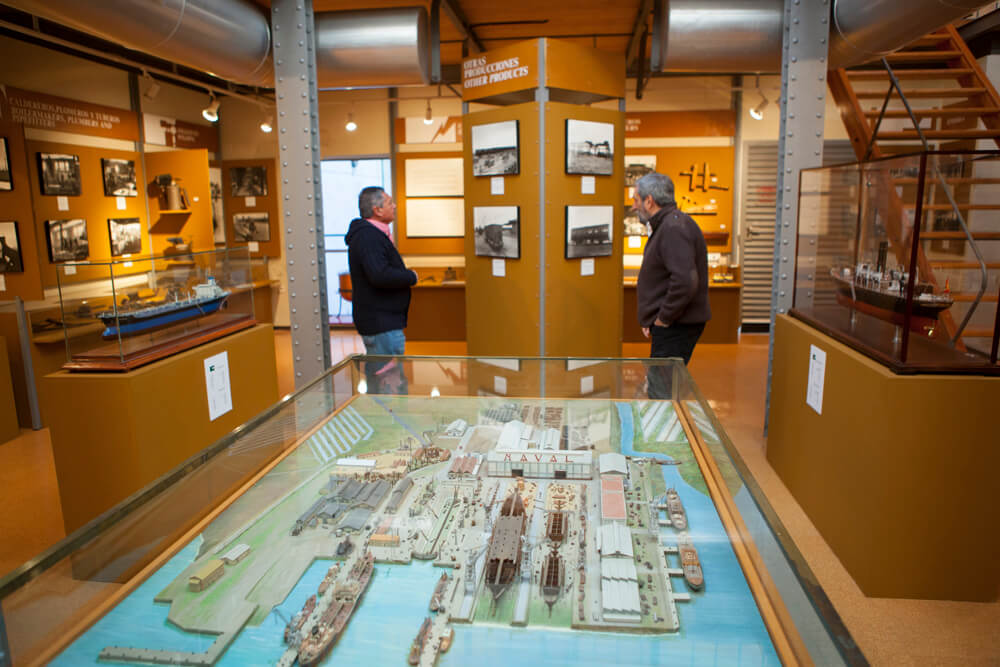Gira tu dispositivo para una experiencia óptima
Gira tu dispositivo para una experiencia óptima

3 días

Cultura

Playa

Cádiz auténtica
Enter your email address and in a few seconds you will have the experience on your mobile so you can see it whenever you want.
We have emailed you the experience; enjoy Cadiz like never before.
Don't you get your experience?
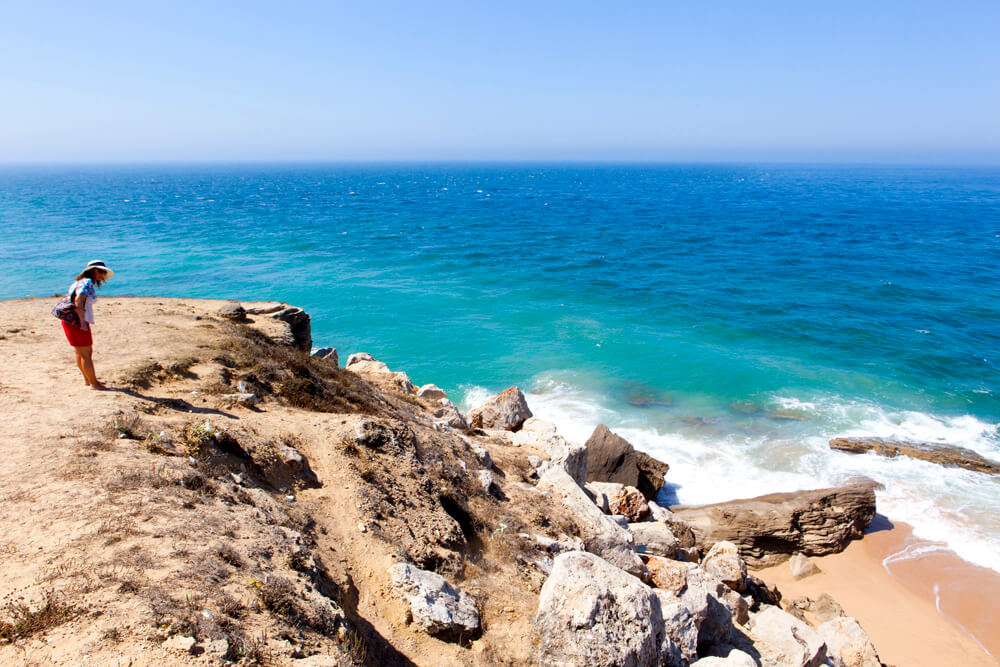
Welcome to this cultural getaway full of sun and sand, or vice versa. Why? Because this experience works just as well in the high summer season as it does at Christmas, for example. On this trip we're going to see some of the most famous places on the coast of Cadiz and get to know just that little bit better some of its cultural landmarks, but from a different perspective. Just like almost any other trip, you'll need to stuff some comfortable footwear and clothes in your suitcase (for three days in this case), along with a hat, swimwear and some sun cream, just in case.
Our first stop is Tarifa. Here we're going to visit the archaeological complex of Baelo Claudia. If you've never been here before, you'll be amazed by just how well the site is preserved and by the surrounding landscape next to the beach of Bolonia. If you've been here before, then come again. Thanks to the ongoing excavations and the discoveries being made in this ancient factory city on the shores of the Atlantic, the Roman ruins seem to be full of life once again. No matter how often you come, Baelo Claudia always has something new to show you.
We've signed up for a free guided visit, organised by the site management (entrance is free for EU citizens; for more information about opening times and visits, call 956 106 793). It includes a guided tour of the museum, with finds on display from the excavation, along with a walk around the ruins of the ancient city.
After the visit, you'll now know that Baelo Claudia was famous in its time for the fish sauces it prepared there, especially garum. After many years of scientific investigation, it is now possible to reproduce the recipe that delighted the palates of the Roman Empire (now sold under the brand name Flor de Garum: https://www.abuelaconcha.com/tienda/salsa-flor-garum-100ml/).
Now, the best thing to do is take a dip in the blue waters of the beach of Bolonia or go up to the local dunes, which are a natural monument, and enjoy the view from the top. Now that you're here, take the opportunity buy some ecological cheeses at El Cabrero de Bolonia or have a drink or two at La Duna beach bar, or other bars to be found there.
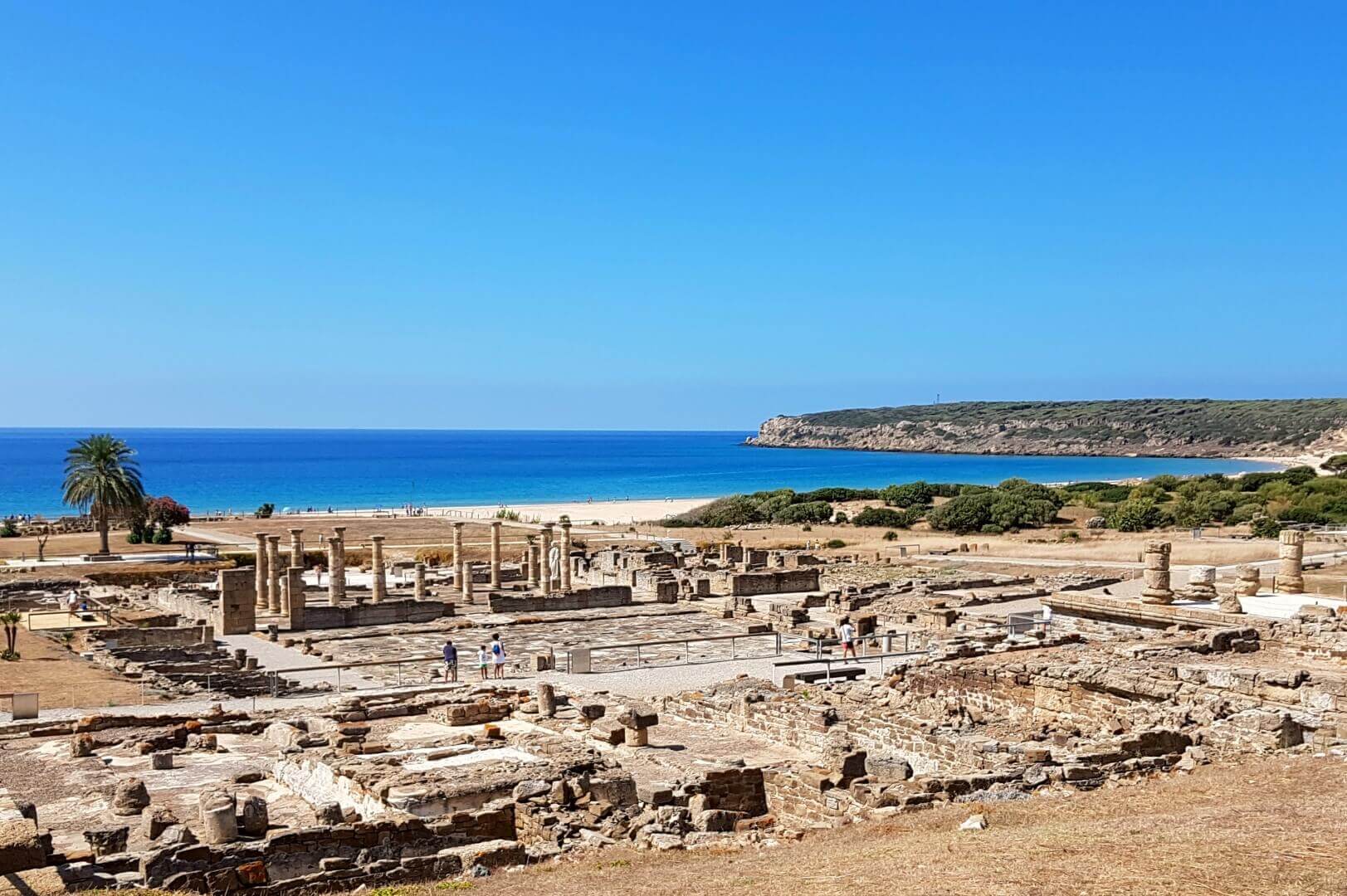
Inserta aquí una nueva sección
We know. You don't want to leave. No problem, you'll come back on another getaway. In the meantime, let's continue with our trip. Head off to Barbate, because we've reserved a table there to have lunch at El Campero restaurant (make sure to book early, call 650 420 792). The restaurant brings together tradition and modernity, in the decor and in the cuisine. The bluefin tuna caught with traditional methods - a star feature in the local cuisine - is also a highlight here.
Now we're off to the hamlet of Zahora. We've reserved one of the bungalows of Cortijo Miguelín to spend the night there, and they also let us rent out some bikes. We want to go on a ride to the lighthouse of Trafalgar and enjoy the truly beautiful views to be discovered along the way. We just have to pedal along the nearby coast and follow the parallel route to Caños de Meca https://www.cadizturismo.com/rutas/sendero-cabo-de-trafalgar
The lighthouse dates back to the 19th century and was renovated in the 20th. It's more or less halfway along the trail at Cape Trafalgar, witness to one of the most famous battles in Spanish and British naval history. The lighthouse rises to a majestic 34 metres above a sandy spit of land that has been declared a natural monument for its environmental and cultural value. It protects the back of an ancient watchtower (9th century) and it'll watch over ours as we contemplate the natural spectacle of a local sunset (one piece of advice that might be a bit of a cliché but which it isn't mentioned often enough these days: don't look directly at the sun if you don't want to damage your eyes).
A good idea for dinner is one of the bars and restaurants at Zahora, such as the Amarna beach bar, Venta Curro, the Sajorami restaurant, La Tertulia...
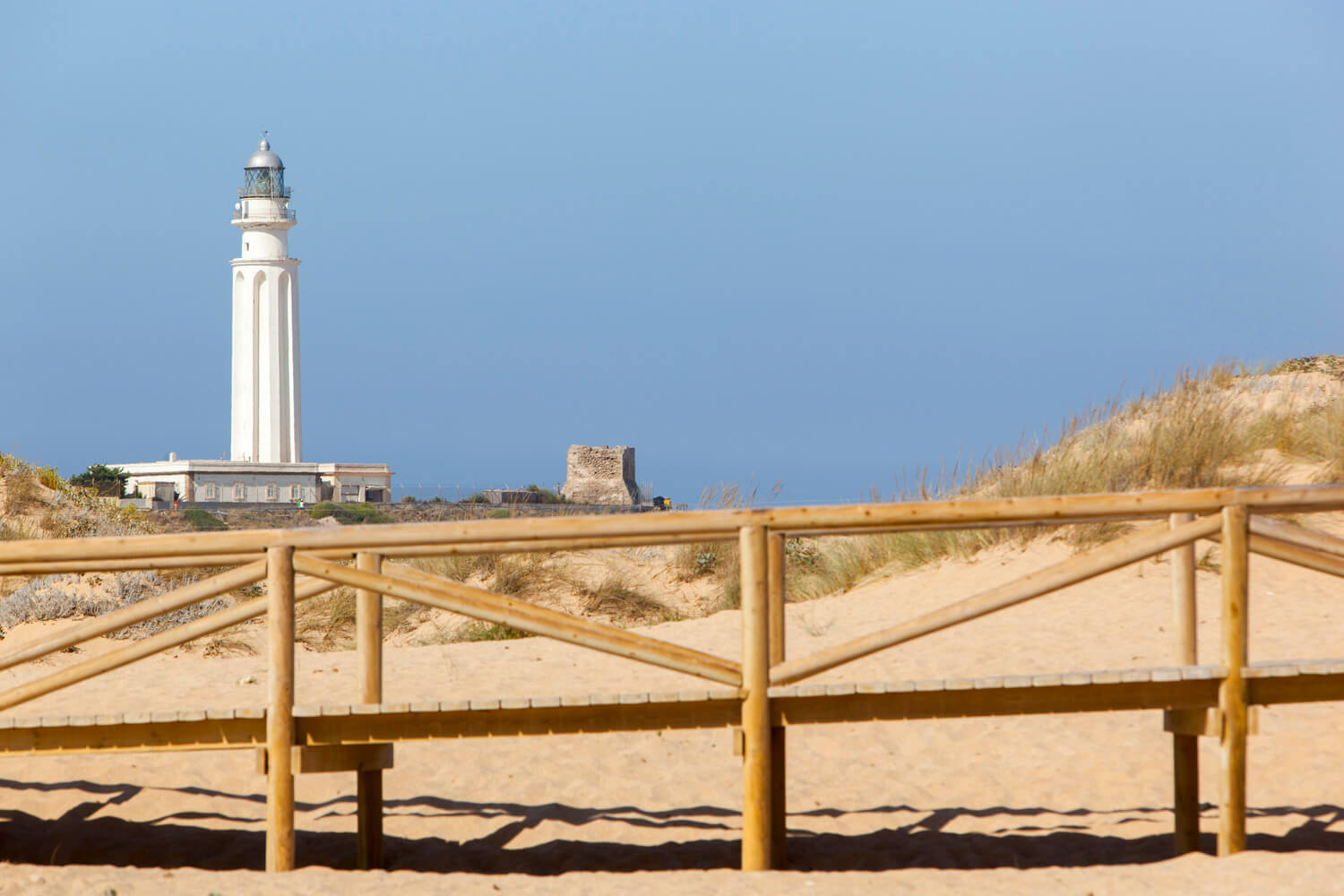
Good morning! Say goodbye to Barbate until the next visit and take the coast road to Conil de la Frontera. Today we're starting this leg of the trip at La Chanca marine, tuna and almadraba interpretation and documentation centre (Calle Almadraba, 7).http://lachancaconil.es/index.php/es/ Here you'll discover and understand the close relationship between the tuna, the Atlantic coast of the regions of La Janda and Campo de Gibraltar, the traditional local method used to net and catch tuna (the almadraba) and how an entire cultural identity has grown around this craft in the towns and villages along this part of the coast.
The museum space can be found inside an old chanca, which is a building where the tuna was processed. Used for this purpose from the 16th century to the 1930s, its walls conserve the stories told by many generations of local fishermen as they worked. It's open morning and evening. We can take a look in our own sweet time, although there are guided visits too.
We're going to continue with the subject matter of our visit to La Chanca, and set off to the beach of Los Bateles, just a few metres away from La Chanca. The waters of the Atlantic that bathe this beach are home to the modern almadraba of Conil, where the fish are caught during the levantá in bluefin tuna fishing season. Local fishermen use the term levantáfor the moment when the nets full of trapped tuna fish are lifted. Around this time, Conil and other towns with links to the tuna fishing industry organise gastronomic routes where bars and restaurants prepare special dishes and compete in gastronomic shows. Ask at the municipal tourism office to see if there are any events planned when you're in the area.
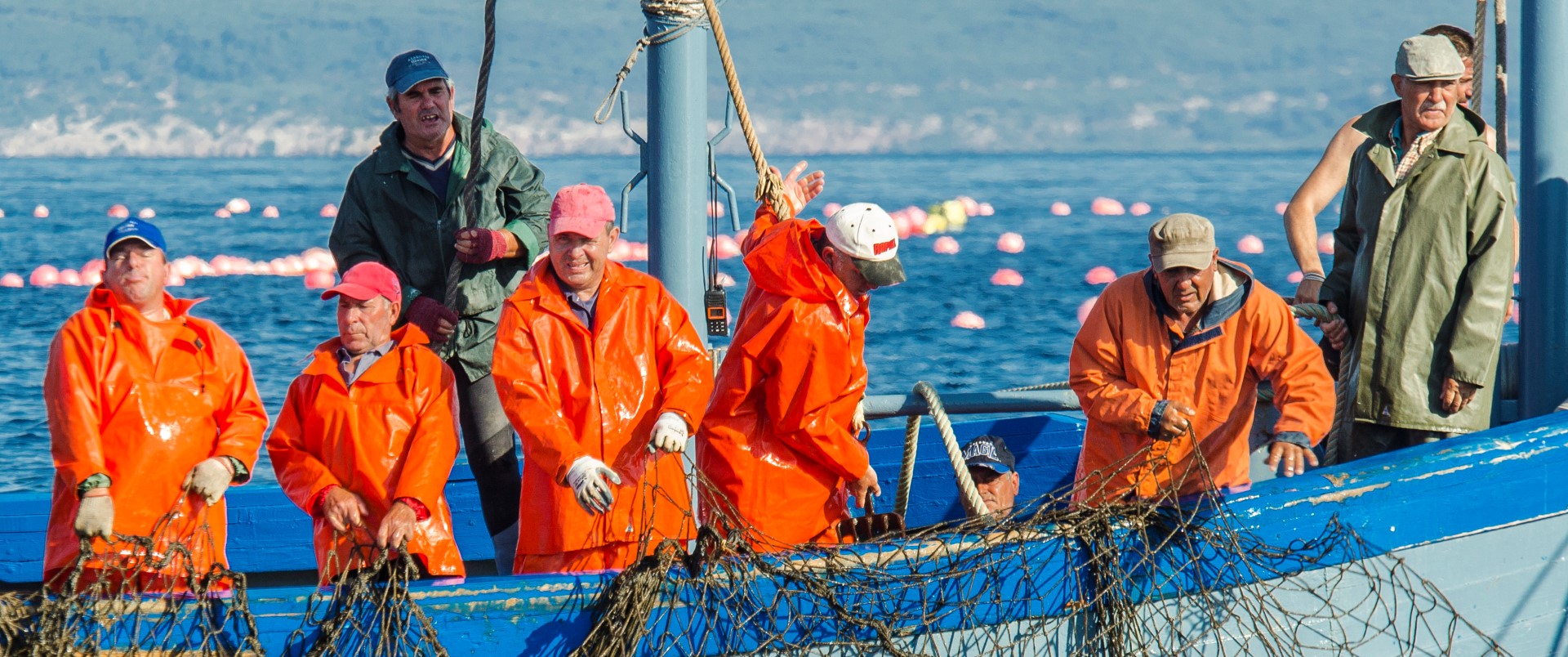
This afternoon we're off to the village of Sancti Petri, in Chiclana de la Frontera. It's an old fishermen's settlement that, as you've no doubt already guessed, specialised in tuna fishing. It was abandoned for decades, and looked like a ghost town. Now only a few of the original buildings (the church and some houses) remain, but it still conserves its special atmosphere. The beach of Sancti Petri is here, on the banks of the stream of the same name. A perfect place to have a swim and do some water sports.
Next stop is the castle you can see opposite, there on an island called Sancti Petri (the island and the castle have the same name) There are many myths and legends about the place, but archaeological excavations on the island brought to light a major temple that was dedicated both to the Phoenician god Melkart, and later to Hercules in the Roman period. It was said that the mythical hero was buried here. According to classical historians, Hannibal and Julius Caesar went to worship at the temple. The island's strategic location was the reason why a defensive structure was built there and used for many generations up to the 19th century. After decades of neglect, the castle was reconstructed.
You'll get a much better idea of what we're talking about in the guided visit that we've arranged. The entrance ticket to the castle costs 5 euros (adults), 10 euros with a guide (for opening times, call 667 50 23 69). You can get to the island by kayak or by boat from the ports of Gallineras in San Fernando, and Sancti Petri in Chiclana (times depend on sea and weather conditions). We'd really like you to see the sunset from here. It's a beautiful experience that really rounds off your visit to this legendary place. It's also a good spot for seeing the night sky, or at least in comparison to the few possibilities offered by other nearby locations.
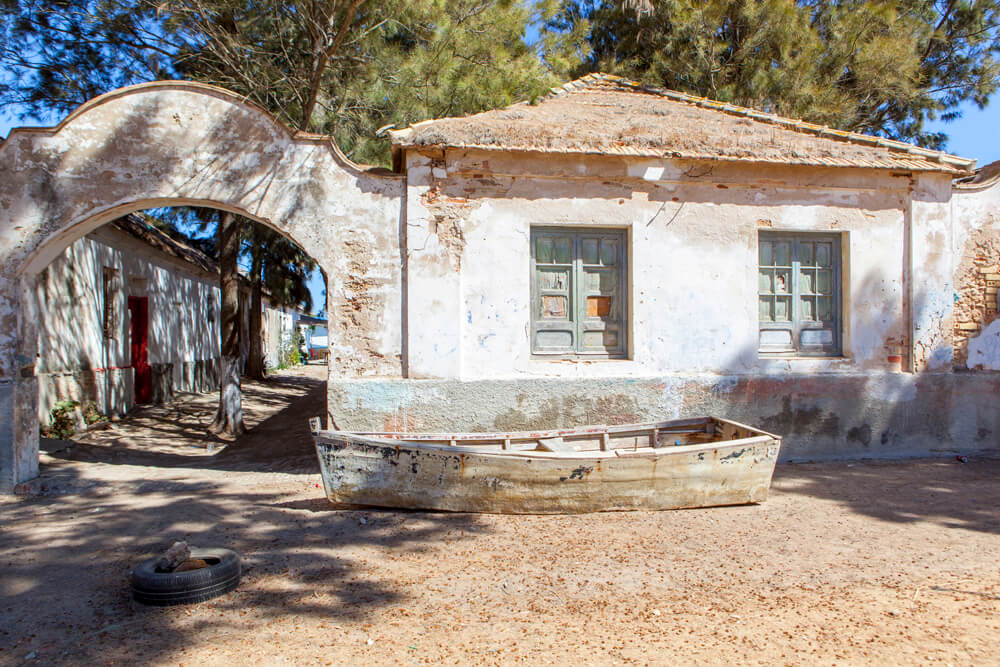
the first shipyard in spain
Oh, dear! This is all coming to an end. Even so, we've still got one whole day left and we're going to make the most of it. We'll set off to Puerto Real, the heart of the Bahía de Cádiz. Founded by Deque the Catholic Monarchs at the end of the 15th century, the history of the town is closely linked to shipbuilding. Its period of maximum splendour (18th century) saw the construction of aristocratic town houses, the castles of San Luis and Matagorda, the first covered food market and other buildings of a period when the town was rapidly expanding. Then came the invasion by Napoleon, the Peninsular War, the siege of Cadiz (amongst other calamities) and Puerto Real was left practically devastated.
It's important to know something of the history of the town to really admire it as it truly deserves. That's why we're going to spend the morning visiting the museum of El Dique and the historical complex of Matagorda. There you can find the shipyards of Puerto Real, regarded as the first modern shipbuilding yard in Spain (16th century). Along the way we'll see two different areas: one, related to the industrial heritage, where we'll see a dry dock, a forge and workshop that is an example of the iron architecture of the period, a pump room, and a dock with two jetties; and another, relating to the historical heritage, where we'll see the remains of the castle of Matagorda, a beautiful chapel and other buildings of historical importance. The visit includes a guided tour of the museum, where they'll explain the evolution of Spanish shipbuilding. The permanent exhibition contains some really curious items, but we'll leave that for you to discover. Entrance costs 8 euros (adults).
Then we'll set off to the cultural interpretation centre of Puerto Real (Calle Real, 98). There you'll find out more about the roots of this town, its first settlements and history. From there you can enter the old church of San José (18th century), now deconsecrated and converted into a cultural centre.
If good cuisine is your hobby, you'll find bars and restaurants that adapt their menus to seasonal products and gastronomic weeks. November is the time for fish caught in local lagoons, April is the season for tortillitas de camarones (battered prawn cakes). The municipal tourism office will have all the information you need.
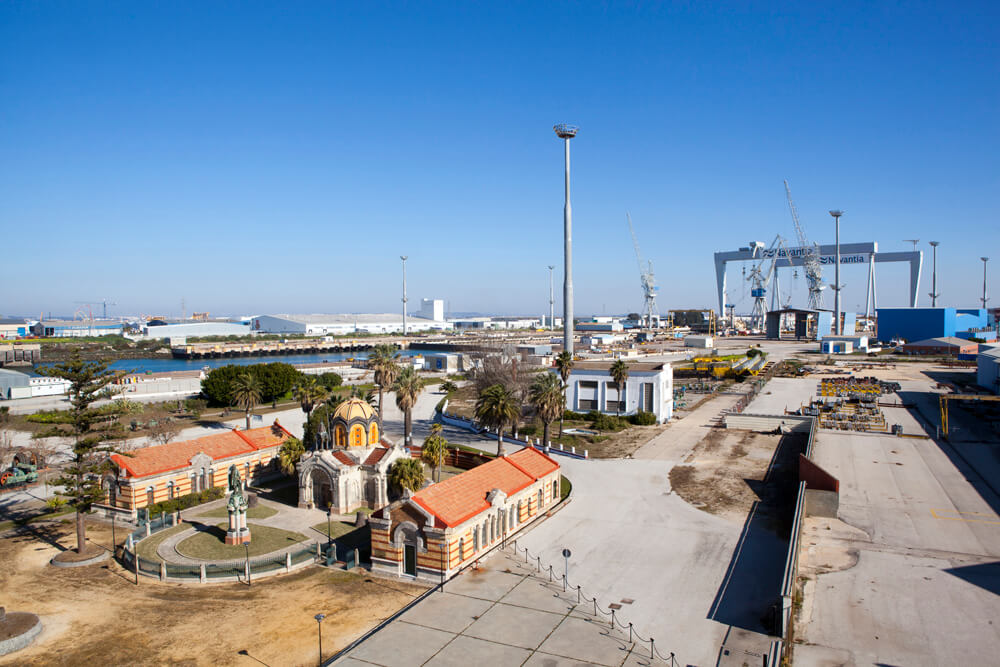
the northwest coast
In the afternoon we'll go to Chipiona. We'll freshen up a bit carving through the waves on a jet ski while enjoying the panoramic views of the northwest coast of the province. Then we'll discover the history of the barco del arroz (rice ship). This is the name given to a vessel full of rice that ran aground on the coast at the end of the last century. It makes for a very curious image from the beaches of Sanlúcar and Chipiona, and that makes getting a closer view a very tempting proposition. A guide provided by Triman Nautic (the sports marina at Chipiona) will take us there.
We'll ease up on the adrenaline with a visit to the Santuario Nuestra Señora de Regla https://www.santamariaderegla.com.This impressive church was built in the early 20th century, although its origins are in a castle donated in the 14th c. for worship of the Virgin Mary, and is the reason for the centuries-old popularity and devotion for the Virgin in this area. Stories abound about how the image appeared, was hidden, lost and miraculously found again on many occasions throughout its history. You can visit the church any time of the year in the morning and evening. Visits to the alcove where the image is kept are prohibited during mass and no morning visits are possible in summer.
Now it's time to go to the hotel you reserved (some ideas for accommodation can be found here: http://www.turismodechipiona.com/directorio-categoria/hoteles/) and get changed. To end the day, we're going to spend a night of flamenco at the Peña José Mercé (avenida de la Esperanza). Shows and recitals are frequent throughout the year. In the summer they organise a fandango competition that that is hotly contested over several weekends. The event is very popular amongst fans of this style of music. And so, we end our getaway with a touch of rhythm. We're already making plans for the next one. Care to join us?
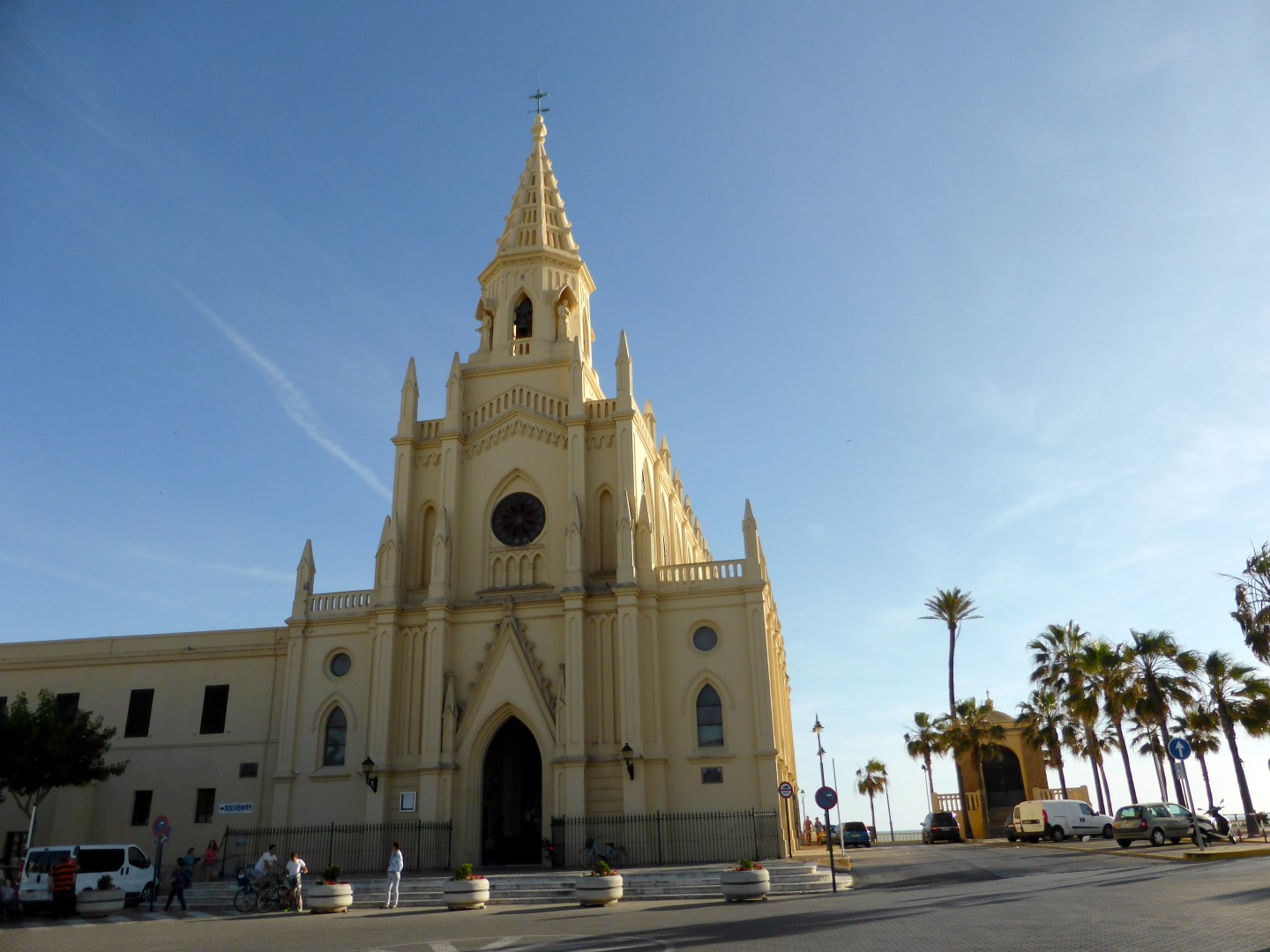
| Kilometres: 185 Km. |
| Estimated driving time: 3 hours. |
| Recommended number of days: 3 |
| Attractions: Beaches and culture |
| See route: Google maps |
